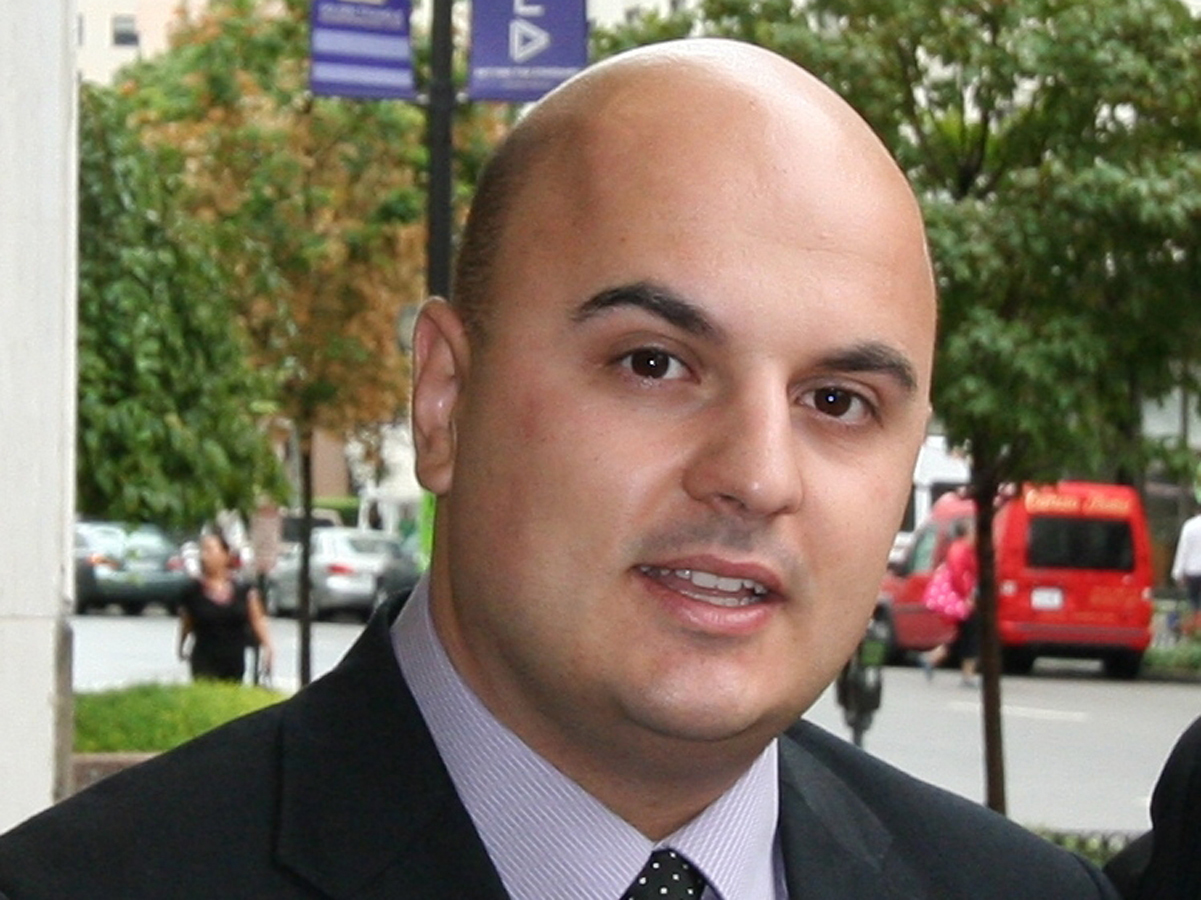Khojaly massacre: commemorating 24th anniversary

By Peter Tase
As we take a look back in history, one of the greatest tragedies in the latest century is the Khojaly Massacre orchestrated by the Armenian Army that killed at least 613 ethnic Azerbaijani civilians from the town of Khojaly on February 25-26, 1992, during the War of Nagorno-Karabakh: 63 of them were children, 106 of them were women and 70 were old people. Eight families were completely destroyed, 25 children lost both of their parents, 130 children lost only one of their parents, 657 men became disabled, and 1275 were captivated and the fate of 150 captivated men is still unknown.
For Mr. Tale Hasanov, Editor in Chief of the European-Azerbaijan Information Center: “the current history has witnessed many bloody events. But to live horrors of Khojaly tragedy where women, old men and children were savagely killed and to bear this, is out of the human will. Only we, Azerbaijanis could live that tragedy. Because we are the nation who witnessed many tragedies throughout history…”
Such a conflict has become one of the longest conflicts in modern history and has been protracted for over two decades due to repeated military exercises, constant provocation maneuvers undertaken by the Armenian Army in the sovereign territory of Azerbaijan, including its region of Nagorno-Karabakh and its surrounding territories that are occupied by Armenia; and propaganda warfare that Armenian government has led against Baku and its democratically elected government of President Ilham Aliyev.
Armenian military provocations have been more frequent in the border areas with Azerbaijan, and even worst, the bloody shadows of the Khojaly Massacre hunt until today the Azerbaijani civilians, farmers who live in their ancestral land, nearby Nagorno-Karabakh, where they continue to be attacked and killed by Armenian reconnaissance forces that intentionally violate the ceasefire agreement with Azerbaijan. According to the Azerbaijani Defense Ministry Officials in Baku, only on January 30th, 2016, the Armenian Armed Forces have broken the ceasefire over 128 times, attacked the defense positions of Azerbaijan Armed Forces in the line of contact.
These sporadic but consistent shootings have taken place on numerous positions on a border that is almost 100 miles long. Additionally, on November 22, 2015, the Armenian Armed Forces opened fire against the following neighboring villages: Gulustan of Goranboy district; Chilyaburt, Gizil Oba of Terter district; Shikhlar, Shuraabad, Bash Gervend, Kengerli, Yusifjanli, Merzili, Javakhirli, Garagashli of Aghdam district; Kuropatkino of Khojavend district; Horadiz, Garakhanbeyli, Gorgan, Ashagi Veyselli, Ashagi Seyidahmadli of Fizuli district and Mehdili of Jabrayil district. The positions of Azerbaijani Army were also hit by the Armenian heavy weapons located in the districts of Goranboy, Fizuli and Khojavend. In front of all these armed provocations, Azerbaijani military forces were obliged to respond by fire until the Armenian provocateurs would refrain from shooting. Moreover, Armenia has implemented a decade’s long blockade to the Autonomous Republic of Nakhchivan, thereby causing economic hardships to this dynamic region of Azerbaijan. In front of such a belligerent attitude that continues to erupt out of Yerevan, the International Community has taken a passive role towards solving this armed conflict and to impose sanctions against Armenia for occupying the territory of one of its neighbors, Republic of Azerbaijan.
What kind of bilateral negotiations do we expect from the “political elite” that rules Armenia today? Which is the same government that defends and protects these monstrous acts of criminals who have committed the most horrific crimes against humanity and have barbarously killed hundreds of Azerbaijani civilians by using horrendous massacres.
The protracted and bloody war, which begun in the late 1980s due to Armenia’s territorial claims against its Southern Caucasus neighbor, left thousands of Azerbaijani civilians of Nagorno-Karabakh and the neighboring regions as internally displaced persons who are accommodated in more than 1600 refugee camps across 62 cities and regions of Azerbaijan. The Azerbaijani civilians in other regions bordering with Armenia and Nagorno-Karabakh have the same fate of being expelled and relocated in Azerbaijan while living in very difficult conditions, refugee camps, tents and wagons.
As a result of the military aggression of Armenia, over 20,000 Azerbaijanis were killed, almost 100,000 were injured, and 50,000 were disabled. The UN Security Council has passed four resolutions demanding the urgent Armenian withdrawal from the Azerbaijani territory, but unfortunately they have not been enforced to this day.
In February 2016, the international community will commemorate the 24th anniversary of the Khojaly Massacre, however it is unfortunate that Yerevan’s leadership continues to flex its muscles as well as its belligerent foreign and defense policies continue to be the same as in the late 1980s. To set the record straight, the Armenian president refuses to accept and regret these massive atrocities committed in Khojaly against the innocent civilians of the Republic of Azerbaijan. To conclude there is no other expression that describes the Armenian attitude better than what George Santayana, a XX century American philosopher, said in his first volume of “The Life of Reason”: “those who cannot learn from history are doomed to repeat it.”
---
Follow us on Twitter @AzerNewsAz
Here we are to serve you with news right now. It does not cost much, but worth your attention.
Choose to support open, independent, quality journalism and subscribe on a monthly basis.
By subscribing to our online newspaper, you can have full digital access to all news, analysis, and much more.
You can also follow AzerNEWS on Twitter @AzerNewsAz or Facebook @AzerNewsNewspaper
Thank you!
